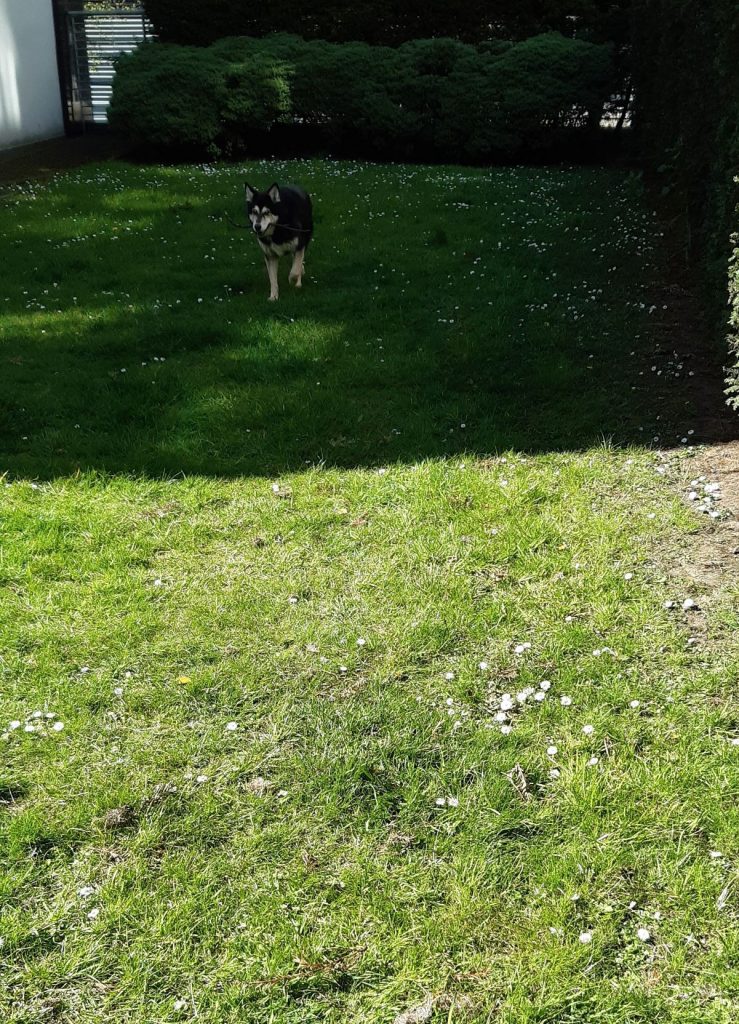Apologies for the gap in posting.
There are some ways in which the lockdown has been OK for me. It’s forced me to spend a great deal more time writing, and I honestly do pretty well with a degree of solitude. That said, time has lost all meaning, and most of the people I interact with regularly live in various parts of North America, which means I’ve been slowly becoming nocturnal.
This is not sustainable. For whatever reason, when it’s been dark out for a certain amount of time, I can’t shake the feeling that my day is “over”, and no matter how late I stay up, I utterly fail to do anything useful with a huge portion of my time. It may be that despite all evidence to the contrary, I am not a raccoon.
So, to rejoin the ranks of my fellow ape-creatures, I’m applying a somewhat drastic jet-lag treatment. With one short nap of about an hour and a half, I’ve been awake since yesterday afternoon, and will remain so until some time tonight, after which I’ll be trying out this whole “get up in the morning” thing.
I’m working on a blog post about living with serious diseases, lessons that the global north can learn from the global south in that regard, and some of the lessons we can take from all this for the increasingly hot and chaotic world we now inhabit. That said, I’m not entirely functional right now, so that post is going to have to wait until my schedule re-adjustment has been completed.
In the meantime, here’s a video of someone who filmed themselves making a terrible mistake for our entertainment:
Unfortunately, life costs money, and my income from this blog has yet to meet minimum wage for the time I put into it. If you can afford to, please consider pledging a couple dollars per month or so through my Patreon. This will help me continue creating and improving this blog by keeping a roof over my head, and food in my carnivorous pets so they don’t eat me. Crowdfunding requires a crowd, so if you can pitch in a little, it would help a great deal!












